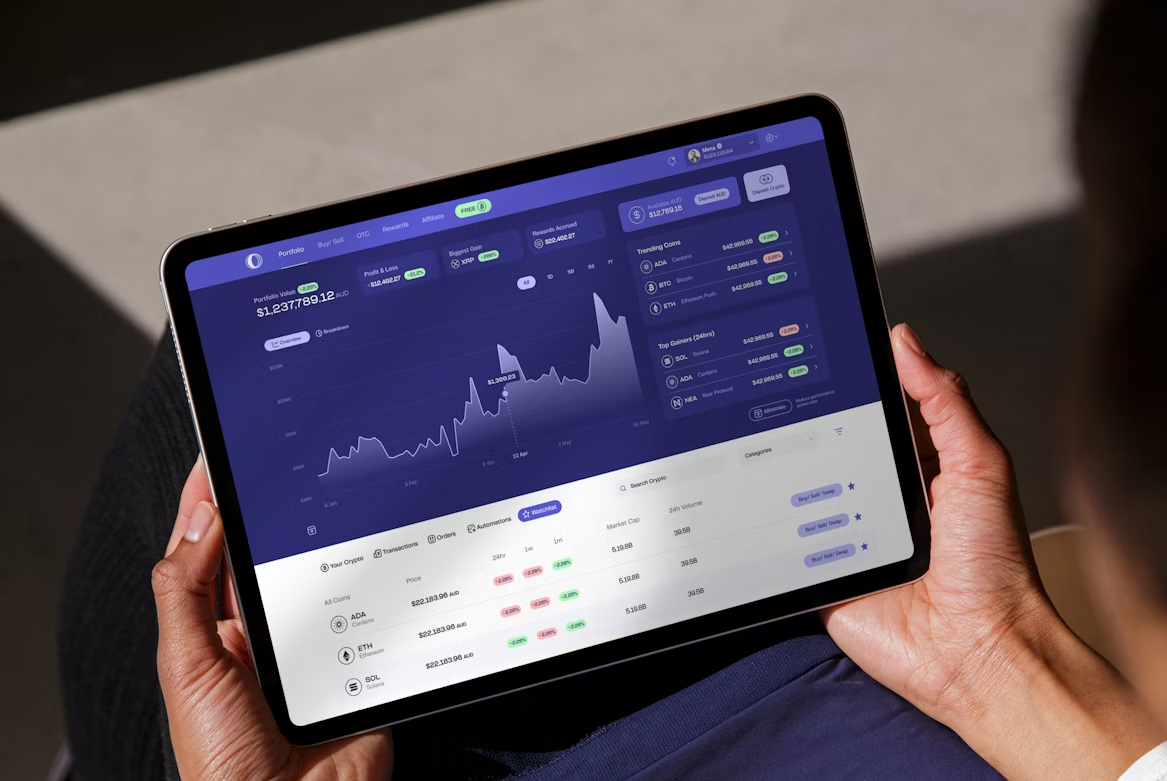“Ever handed your teen a debit card only to find they’ve blown their savings on late-night online shopping sprees? Yeah, we’ve all been there.”
Financial literacy for young people isn’t just about teaching them to save—it’s about giving them the tools to understand money in real-time. That’s where financial literacy monitoring tools come into play, especially when it comes to youth savings accounts. If you’re curious how these tools can help shape smarter spenders, keep reading. You’ll discover:
- The unique challenges of teaching kids about saving and investing.
- A step-by-step guide on using monitoring tools effectively.
- Tips to avoid common pitfalls with youth finances.
- Real-world success stories (and a few epic fails).
Table of Contents
- Key Takeaways
- The Problem: Teens + Money = Disaster?
- Step-by-Step Guide to Using Financial Literacy Tools
- Best Practices for Parental Involvement
- Success Stories vs Epic Fails
- FAQs About Youth Savings Accounts
- Conclusion
Key Takeaways
- Youth savings accounts are crucial stepping stones toward lifelong financial responsibility.
- Financial literacy monitoring tools provide transparency, accountability, and education.
- Parents should balance oversight with independence to avoid over-controlling their kids’ financial behaviors.
- Real-time insights from apps like Greenlight or FamZoo can turn mistakes into teachable moments.
The Problem: Teens + Money = Disaster?
If you think managing household budgets is hard, try explaining compounding interest to a 14-year-old who thinks $500 lasts forever. Spoiler alert: It doesn’t.

I once trusted my niece with her first allowance debit card—a decision I quickly regretted after she spent half her monthly budget on one impulse buy. Lesson learned? Financial freedom without guidance often leads straight to chaos. This is why having reliable financial literacy monitoring tools matters more than ever.
These platforms allow both parents and teens to track spending, set goals, and learn through hands-on experience. They bridge the gap between theoretical knowledge (“don’t overspend”) and practical application (“here’s what happens if you do”).
Step-by-Step Guide to Using Financial Literacy Tools
Step 1: Choose the Right Platform
There are dozens of options out there, but not all are created equal for youth savings accounts. Some popular choices include:
- Greenlight: Offers parental controls and educational content tailored for teens.
- FamZoo: A prepaid card system that simulates “real world” banking, including loans and interest rates.
- Copper Banking: Focuses on helping teens build credit responsibly.
Step 2: Set Clear Boundaries
*Optimist You:* “They’ll figure it out on their own!”
*Grumpy You:* “Yeah right—better cap their daily spending before they bankrupt us.”*
Most tools let you establish limits per transaction or category (like dining or clothes), which helps curb reckless purchases.
Step 3: Encourage Regular Check-Ins
Making your teen review their spending weekly creates awareness around habits. Bonus points if you tie allowances to small financial targets!
Best Practices for Parental Involvement
Here are some actionable tips:
- Start Small: Begin with low-risk amounts so missteps don’t derail progress.
- Lead by Example: Be transparent about *your* financial decisions—it builds trust.
- Reward Progress: Celebrate milestones, whether it’s sticking to a budget or hitting a savings goal.
- Don’t Micromanage: Let them make minor mistakes—it’s part of learning.
Success Stories vs Epic Fails
Picture this: One family started using FamZoo, and within six months, their son had saved enough to fund his robotics club dues—all because he could visually see his progress and celebrate each milestone. On the flip side, another parent neglected setting any boundaries in Greenlight, leading to multiple overdraft fees. Ouch.

Each story reminds us that tech alone won’t fix poor financial habits; thoughtful engagement does. So yes, invest in good tools—but also invest time.
FAQs About Youth Savings Accounts
What makes youth savings different from adult accounts?
Youth savings accounts typically have fewer fees, stricter withdrawal policies, and educational features designed specifically for younger users.
Are financial literacy apps safe?
Yes—if properly vetted. Look for FDIC-insured platforms, strong encryption protocols, and transparent privacy policies.
Can I monitor spending remotely?
Absolutely! Most modern apps offer real-time tracking via mobile notifications so you’re always in the loop.
Conclusion
Empowering youth to become financially savvy requires patience, guidance, and—yes—the right financial literacy monitoring tools. By combining smart technology with intentional teaching, you’re setting them up not just for financial security, but independence too.
Pro Tip Haiku:
Track spending wisely,
Let teens stumble a little,
Then cheer big wins.
Remember, much like Tamagotchis from the ’90s, building financial literacy needs consistent care and feeding. Invest early, stay involved, and watch them thrive!


